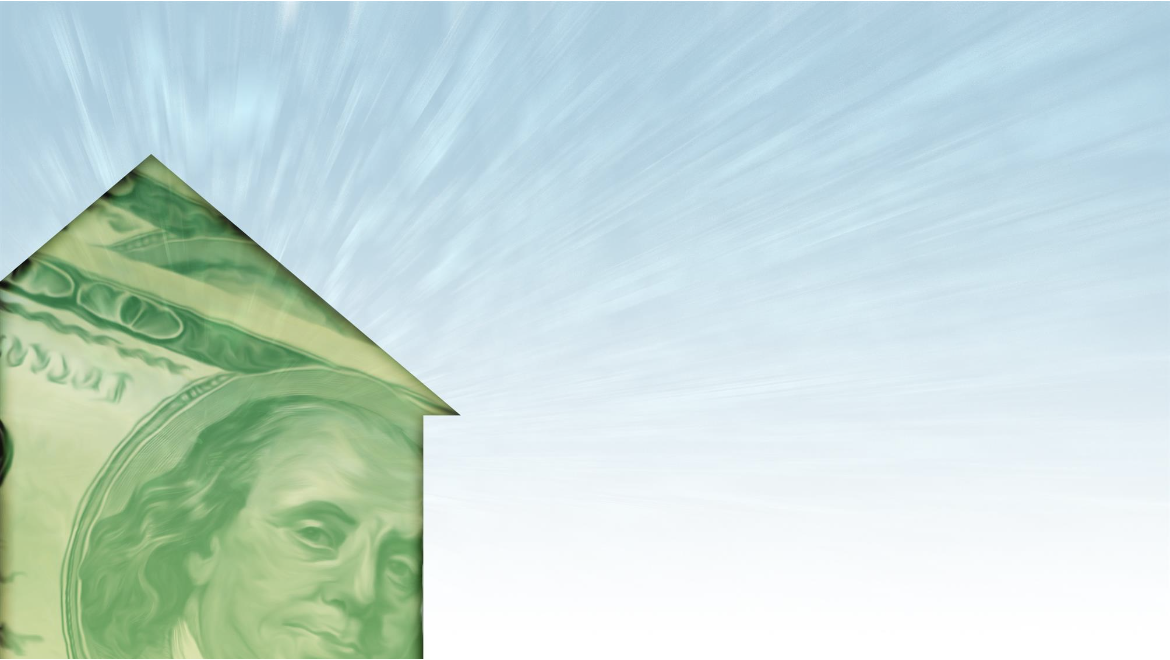The following is part two of a five-part series created from an article by Michelle Higgans, staff writer at The New York Times covering Real Estate, Travel & Consumer Trends. Enjoy!
___________________________________________________________
ORGANIZE YOUR FINANCES
It’s time to assess your spending, clean up your credit and figure out what you can afford.
COUNT YOUR PENNIES
Have you decided to buy? Before you jump into the world of open houses and real estate agents, take the time to get your finances in order. It will help you once it’s time to apply for the mortgage. It will also help you get some financial perspective before you fall in love with that perfect center-hall colonial or the studio with views of the park.
1. CHECK YOUR CREDIT SCORE
Lenders use credit scores, also known as FICO scores, to evaluate the potential risk of lending to you. The higher the number, which runs from 300 to 850, the better your score. The best mortgage rates go to borrowers with credit scores in the mid- to high-700s or above, according to the Consumer Financial Protection Bureau.
To find out where you stand, go to annualcreditreport.com, which offers a free report annually. Be aware that the three major credit-reporting bureaus, Equifax, Experian and TransUnion, generate their own FICO scores based on the data they collect; you’ll be able to find out all three here.
Is your FICO score low? You can improve your score by paying down high credit card debt, and by cleaning up any financial mistakes, like errors resulting from identity theft or mixed-up files belonging to another person with the same or similar name. Be aware that it takes time for these changes to be reflected in your credit score, from months for an inaccurate bill to years if you’ve had tax liens or bankruptcies. But if you can clear up your credit, it can make a big difference in your mortgage rate.
2. GET A MORTGAGE PREAPPROVAL
A preapproval letter is a written estimate from a lender of how much you will likely be able to borrow from them. This letter will help you determine how much you can afford, and help demonstrate that you can secure a home loan when you are ready to make an offer on a house. Getting preapproved for a mortgage is different from getting prequalified for a loan, which is essentially a back-of-the envelope calculation of how much of a loan you may qualify for based on unverified information.
The preapproval application for a mortgage often requires submitting pay stubs, bank statements, tax returns and other financial documents. Take the time to get one now, so you’re ready to make an offer as soon as you find a home you love.
3. LINE UP CASH
The more cash you can pay up front toward your home, the less you will have to borrow. A bigger down payment means your monthly payments will be lower and you will pay less interest over the course of your mortgage. If you can afford to put down 20 percent or more of the total home price, you typically won’t have to pay for mortgage insurance, a premium that protects the lender in case you default on the loan. But don’t use all your money toward a hefty down payment. Lenders will want to see that you have some reserves in the bank. Closing costs typically add up to thousands of dollars, according to Bankrate.com, which conducts a survey of closing costs nationwide and offers a fee breakdown of the average costs by state. You’ll also need cash on hand for moving, renovations and other incidentals.


 Facebook
Facebook
 X
X
 Pinterest
Pinterest
 Copy Link
Copy Link
